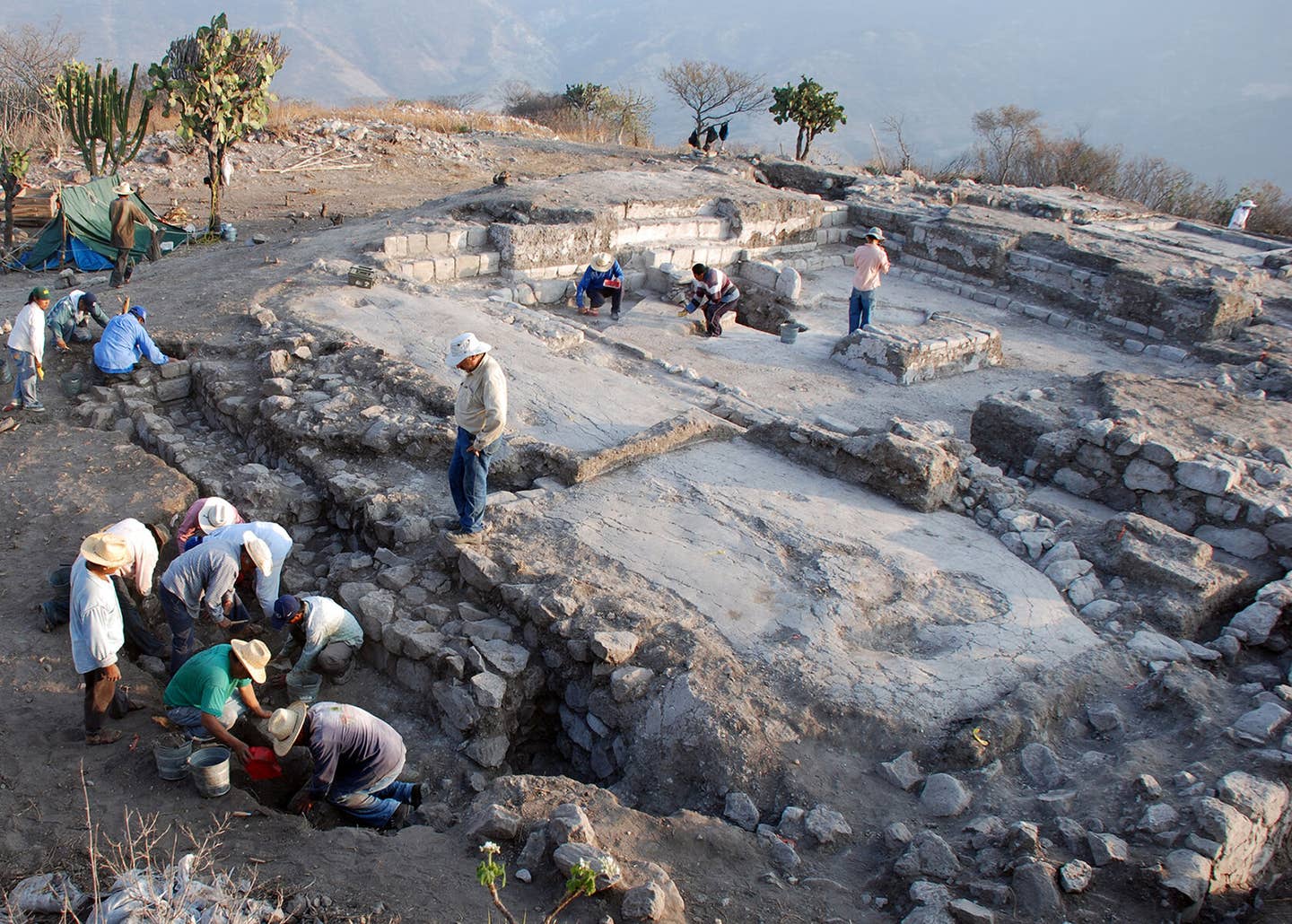Six-year-old Neanderthal child with Down syndrome rewrites history of human compassion
Despite being fragmentary, the fossil preserved the complete inner-ear anatomy, which bears the hallmarks of Down syndrome.

Despite being fragmentary, the fossil preserved the complete inner-ear anatomy, which bears the hallmarks of Down syndrome.(CREDIT: Creative Commons)
The common perception of Neanderthals as “dumb brutes” couldn't be further from the truth. A growing body of research shows that our extinct cousins were seafaring people, skilled cooperative hunters, tool artisans, and possibly even capable of medical treatment and healthcare.
A new study published in the journal Science Advances, has further expanded our understanding of ancient human behavior. Scientists reexamined Neanderthal skull fragments first unearthed in 1989, whose significance has only recently come to light. Despite being fragmentary, the fossil preserved the complete inner-ear anatomy, which bears the hallmarks of Down syndrome.
The child, who lived between 146,000 to 273,000 years ago, reached the age of six despite the challenging conditions of the time. This is the oldest known case of Down syndrome, the most common human genetic disorder, also observed in great apes, suggesting deep evolutionary roots for this condition.
Caring for a child with Down syndrome is challenging in modern times, let alone during prehistory. This implies that the child was cared for by other members of the Neanderthal social group, demonstrating a high level of social cooperation and compassion.
Assessing Tina’s Condition
The fossils were originally found at the Cova Negra site in Xàtiva, Spain. Researchers analyzed the remains using micro-computed tomography (μCT).
Their analysis revealed abnormalities in the inner ear structure consistent with Down syndrome, such as a hypoplastic anterior semicircular canal and an enlarged vestibular aqueduct. The child likely suffered from debilitating inner ear conditions like hearing loss and balance issues.
Related Stories:
Down syndrome, also known as trisomy 21, is a genetic disorder caused by the presence of an extra copy of chromosome 21. It is characterized by distinct physical features such as a flat facial profile, upward slanting eyes, small ears, a protruding tongue, and short stature.
Individuals with Down syndrome often exhibit hypotonia (reduced muscle tone) and a single palmar crease. It is also common to experience mild to moderate intellectual disability with delays in speech, language, and motor skills.
Health concerns associated with Down syndrome include heart defects, hearing and vision problems, thyroid disorders, and an increased risk of infections. Scientists are unsure if the Neanderthal child, codename “CN-46700,” was a boy or a girl. However, researchers at the University of Alcalá affectionately named them “Tina.”
For Tina to have survived for at least six years, the wider Neanderthal social group must have assisted the immediate family. The mother would have needed help with daily tasks and occasional relief from the child’s care.
Compassionate Caregiving Among Neanderthals
Previously, researchers debated whether Neanderthal caregiving was a result of reciprocal selfishness or genuine compassion. Although Neanderthals cared for vulnerable members of their social group, such as the injured, these cases typically involved adults who might have exchanged assistance among equals.
However, Tina could not possibly have reciprocated the care they received. This supports the notion that Neanderthal care extended beyond immediate familial bonds and involved collective social support. It suggests that such prosocial behaviors have deep evolutionary roots, predating modern humans and reflecting complex social adaptation.
This aligns with other studies showing that Neanderthals buried their dead, created symbolic art, and likely communicated using spoken language. Understanding these aspects of Neanderthal life helps us appreciate the shared heritage and evolutionary continuity between Neanderthals and modern humans.
Note: Materials provided above by The Brighter Side of News. Content may be edited for style and length.
Like these kind of feel good stories? Get the Brighter Side of News' newsletter.
Rebecca Shavit
Science & Technology Journalist | Innovation Storyteller
Based in Los Angeles, Rebecca Shavit is a dedicated science and technology journalist who writes for The Brighter Side of News, an online publication committed to highlighting positive and transformative stories from around the world. With a passion for uncovering groundbreaking discoveries and innovations, she brings to light the scientific advancements shaping a better future. Her reporting spans a wide range of topics, from cutting-edge medical breakthroughs and artificial intelligence to green technology and space exploration. With a keen ability to translate complex concepts into engaging and accessible stories, she makes science and innovation relatable to a broad audience.



